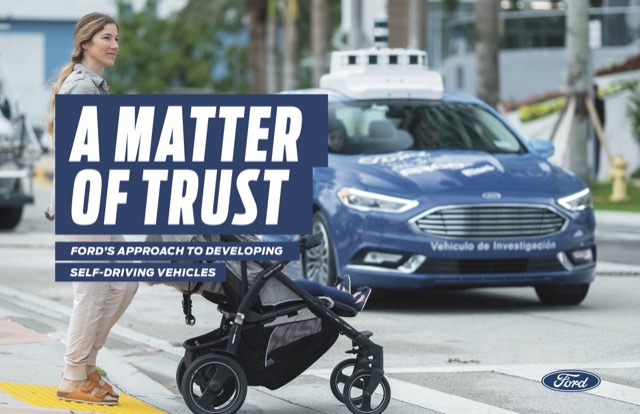The Antiplanner has previously questioned bicycle lanes because they create an illusion of safety from overtaking cars when in fact the real danger is cross-traffic. Unfortunately, I received a very physical demonstration of this while cycling in Maui last Friday when I was hit by a large van.
I was enjoying a tailwind in the bike lane shown on the right side of this photo. The auto lane had bumper-to-bumper traffic while I was traveling at least 20 mph and passing cars that were going much slower. The van was in the left-turn lane where the red car is located in the above photo. Someone was nice enough to leave a gap for the van to turn left, but their car also blocked my view of the van just as they blocked the van driver’s view of me. Continue reading








